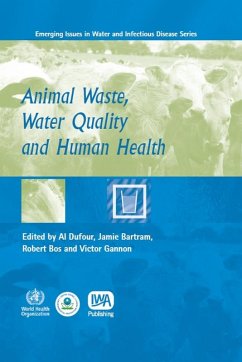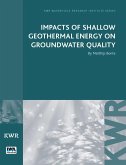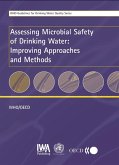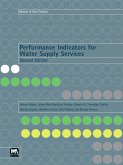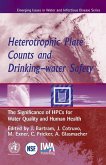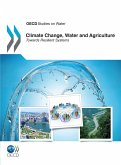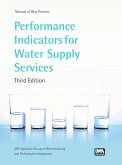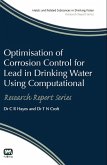- Credible waterborne zoonotic pathogens are discussed and ranked according to their potential hazard level. Each pathogen is described with regard to their sources, reservoirs, and infectivity.
- Faecal production rates of various domestic animals are discussed, alongside pathogen transmission in animal populations, pathogen prevalence in animals and "supershedders".
- Transport of fecal indicator organisms and their episodic occurrence in catchments.
- Interventions for improving food safety and reducing production losses.
- The impact of interventions, e.g. enhanced attenuation and storage to prevent spills; benchmarking against best management practices to reduce diffuse source contamination.
- Models to inform design of farm-scale best management practices and the effectiveness of best management practices for attenuating pathogen transport within catchments.
- The complex nature of human exposure to zoonotic waterborne pathogens; including the relationships among livestock waste contamination, water impairment, zoonotic pathogens, and human infection and illness.
- Human exposure interventions include case studies that discuss eradicating disease in discharging populations, adding filtration to minimal treated water to reduce Cryptosporidium occurrence and UV disinfection of beach waters to reduce beach postings.
- Indicators, sanitary surveys and source attribution techniques; risk assessment of exposure to zoonotic pathogens, including an interactive risk comparison approach.
- A review of epidemiological studies that address the relationship between swimmer illness and exposure to waters contaminated by nonhuman fecal wastes.
- Economic evaluation of the costs and benefits associated with animal waste management and human health.
Dieser Download kann aus rechtlichen Gründen nur mit Rechnungsadresse in A, B, BG, CY, CZ, D, DK, EW, E, FIN, F, GR, HR, H, IRL, I, LT, L, LR, M, NL, PL, P, R, S, SLO, SK ausgeliefert werden.

